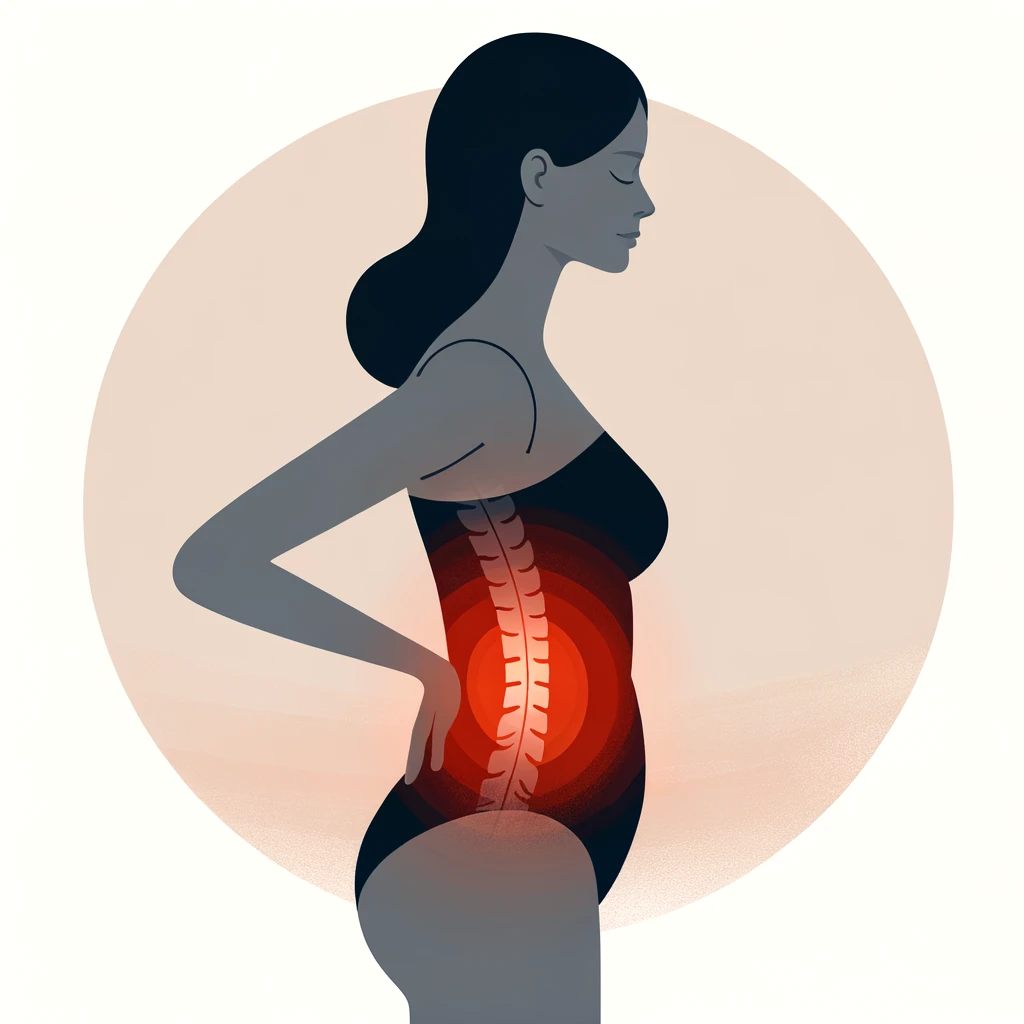Back
How to Prevent Sacral/Low Back Pain During Pregnancy
By Amalie Malka Flamm on 7/18/2024

Does your lower back hurt during pregnancy? You’re not alone! Low back pain is a common issue that many pregnant women deal with. The good news is.. there are ways to prevent it! Preventing low back pain during pregnancy involves several strategies to maintain good posture, strengthen muscles, and manage daily activities carefully.
Here are some tips:
1. Maintain Good Posture:
Stand up straight. Your shoulders should be directly above your hips, which should be above your knees. Your knees should be directly above your ankles. You can look in the mirror to check this out. The tendency for pregnant women is to tilt their hips down (posterior pelvic tilt) and clench the glutes to make up for the stretched out stomach muscles. This will create an imbalance in the muscles and your low back will have to work harder to support you, thus creating pain. Avoid locking your knees and use a wide stance for the best support.
2. Proper Lifting Techniques:
Squat down and lift with your legs instead of bending at the waist. Avoid lifting heavy objects if possible. Be as close to what your are lifting as possible and don’t twist at the waste. Exhale as you do the work!! Ex: to pick up the laundry basket, walk close to it as possible, stand directly in front of it, squat with a straight back, and use your hamstrings and glutes to push you to stand. This ensures that you are not using your small “helper” back muscles that will cause pain.
3. Wear the Right Footwear:
Choose supportive and flexible shoes. Avoid high heels, and pointy toed shoes.
4. Exercise Regularly:
Strengthen your back and abdominal muscles with exercises that are safe during pregnancy.
5. Sleep on Your Side:
Use a pregnancy pillow for support. Keep both knees bent. Try not to twist into awkward positions which will put a unnatural and uneven pull on muscles that can cause low back pain.
6. Stay Active:
Avoid sitting or standing for prolonged periods. Take regular breaks to move around. Make the small changes like parking a few feet further from your work, or walk to a bathroom that is further down the hall
7. Come see a pelvic floor therapist at or clinic!
We are trained to assess and treat each person specific to their needs! We can assess what is causing your low back pain and provide multiple ways to reduce the pain.
Read More:
How Chronic Pelvic Congestion in Men Contributes to Prostatitis By Shannon Strauch, PTA, STMT-1 on 12/11/2024 How lymphatic issues can cause symptoms of prostatitis Prostatitis and Tight Pelvic Floor Muscles: A Comprehensive Guide By Shannon Strauch, PTA, STMT-1 on 12/10/2024 How a tight pelvic floor can be the reason for prostatitis symptoms
Are you ready to live pain free?
Request An Appointment